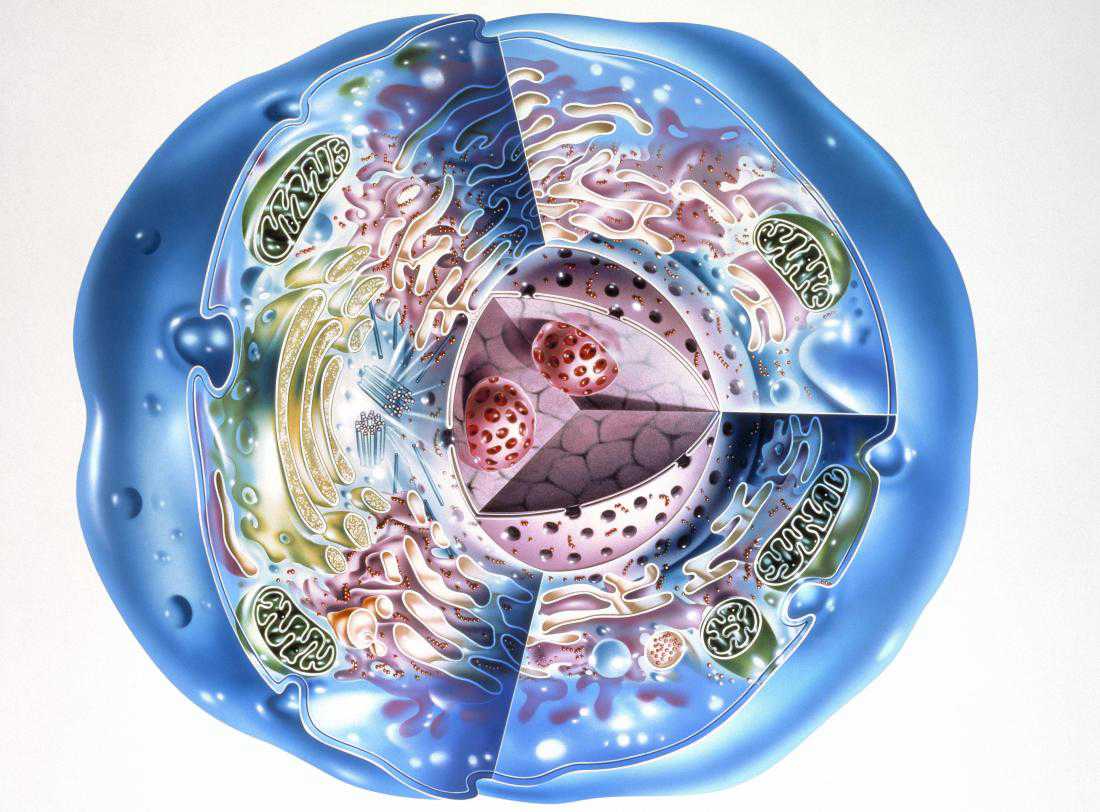The war on disease: Revisiting old haunts
11 August, 2018

Despite medical science's unbroken stream of discoveries, a number of high profile diseases still fox researchers. Today, scientists seek fresh clues along well-trodden paths.
As scientists delve deeper into the mechanisms that lie beneath difficult-to-treat conditions such as diabetes and Alzheimer's disease, they pick away at the edges of science, reaching for loose threads and poking their fingers into dimly lit nooks.
But because answers from fresh angles are not always forthcoming, it is well worth doubling back every once in a while, opening old doors and revisiting familiar faces.
Recently, for instance, a new organ was "discovered" hiding in plain sight. The interstitium — a system of fluid-filled bags — is now considered one of the body's largest organs.
Previously, the interstitium was thought to be fairly inconsequential; little more than anatomical glue paper supporting proper organs doing proper work. But when cutting edge imaging techniques zeroed in, its size and importance became clear.
Now, scientists are asking what it can teach us about edema, fibrosis, and cancer's troublesome ability to spread.
In research, everyone knows that no stone should be left unturned. The interstitium, however, reminds us that they should be turned multiple times and at regular intervals.
In this article, we cover some familiar aspects of cellular biology that are being revisited and providing unfamiliar ways to understand disease.
Microtubules: More than scaffolding
Running through the cytoplasm of each and every cell is a complex network of proteins called the cytoskeleton, a term first coined by Nikolai Konstantinovich Koltsov in 1903. One of the primary constituents of the cytoskeleton is long, tubular proteins called microtubules.
Microtubules help keep the cell rigid, but they also play pivotal roles in cell division and the transport of compounds around the cytoplasm.
Microtubule dysfunction has been linked with neurodegenerative conditions, including the big two: Parkinson's and Alzheimer's diseases.
Neurofibrillary tangles, which are abnormally twisted threads of a protein called tau, are one of the hallmarks of Alzheimer's. Usually, in conjunction with phosphate molecules, tau helps sure up microtubules. In Alzheimer's neurons, however, tau proteins carry up to four times as much phosphate as normal.
Hyperphosphorylation reduces the stability and the rate at which microtubules are manufactured, and it can also cause microtubules to be disassembled.
Exactly how this alteration in microtubule production leads to neurodegeneration is not fully understood, but researchers are interested in seeing whether intervening in these processes might one day help treat or prevent Alzheimer's disease.
Issues with microtubules are not reserved solely for neurological conditions. Since the 1990s, scientists have been discussing whether they might be at the root of cellular changes that lead to heart attack.
The most recent study to look at this question concluded that chemical changes to the microtubule network of heart cells made them stiffer and less able to contract as they should.
The authors believe that designing drugs that target microtubules might eventually be a viable way of "improving cardiac function."
TAG(s):
